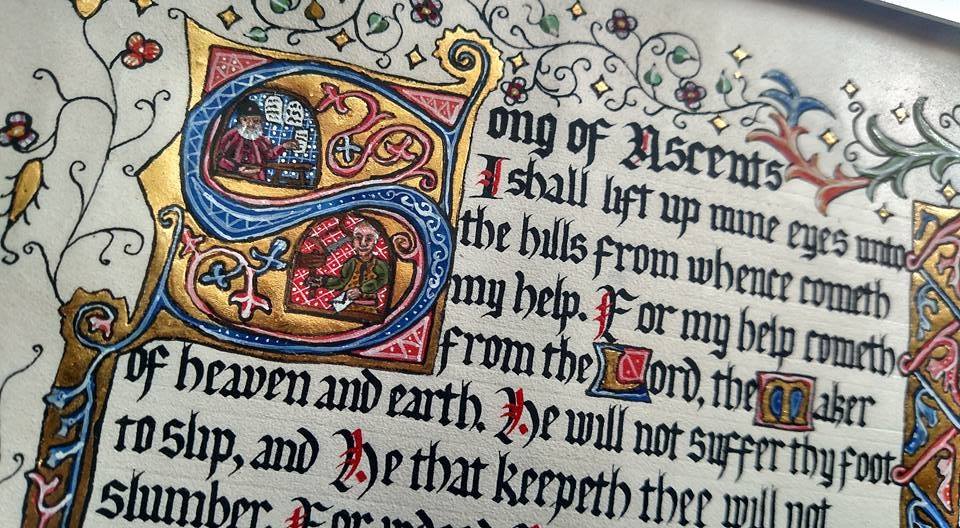Illuminated manuscripts are hand-written books with painted decoration that generally includes precious metals such as gold or silver. The pages were made from animal skin, commonly calf, sheep, or goat. Illuminated manuscripts were produced between 1100 and 1600, with monasteries as their earliest creators.

Wealthy patrons also wanted these illustrative works for personal libraries and encouraged the formation of private workshops that flourished in French and Italian cities between the 13th and 15th centuries. The decline of the illuminated manuscript tradition coincided with the ability to mass produce printed text and the increasing numbers of literate people who wanted secular as well as religious books.
Illuminated manuscripts were among the most precious objects produced in the Middle Ages and the early Renaissance, primarily in monasteries and courts. Society’s rulers–emperors, kings, dukes, cardinals, and bishops–commissioned the most splendid manuscripts.
Subscribe to the Getty Museum YouTube channel: https://www.youtube.com/user/gettymus…
[pdf-embedder url=”https://beezone.com/wp-content/uploads/2022/05/IlluminatedManuscripts_1909_partial.pdf”]